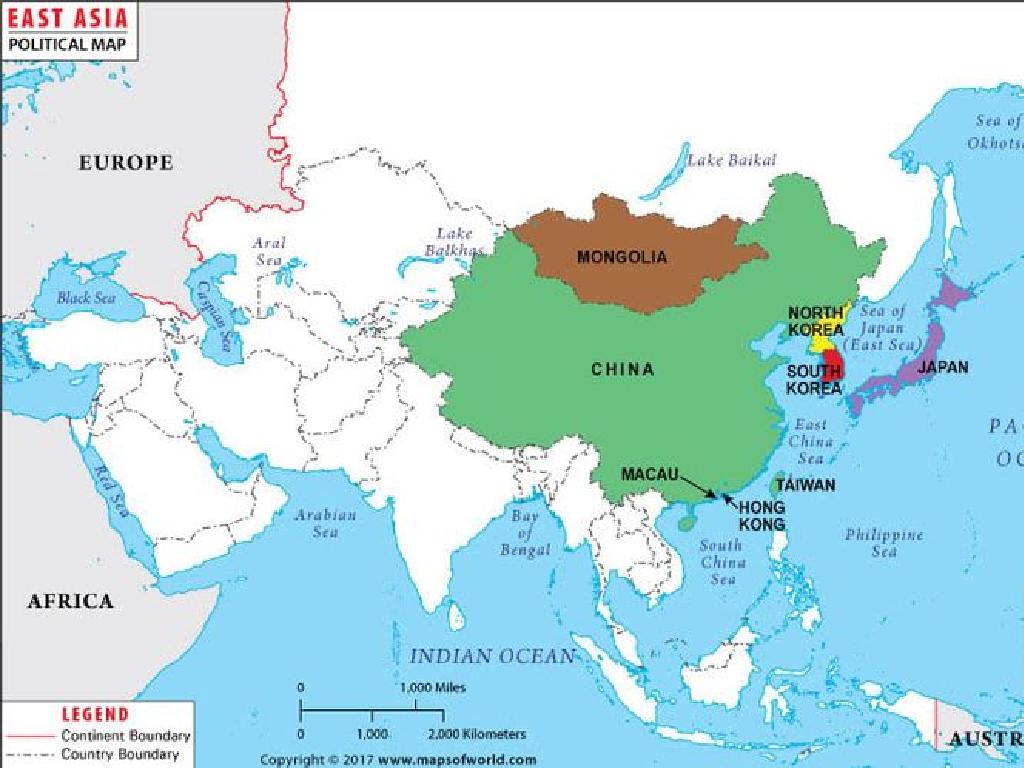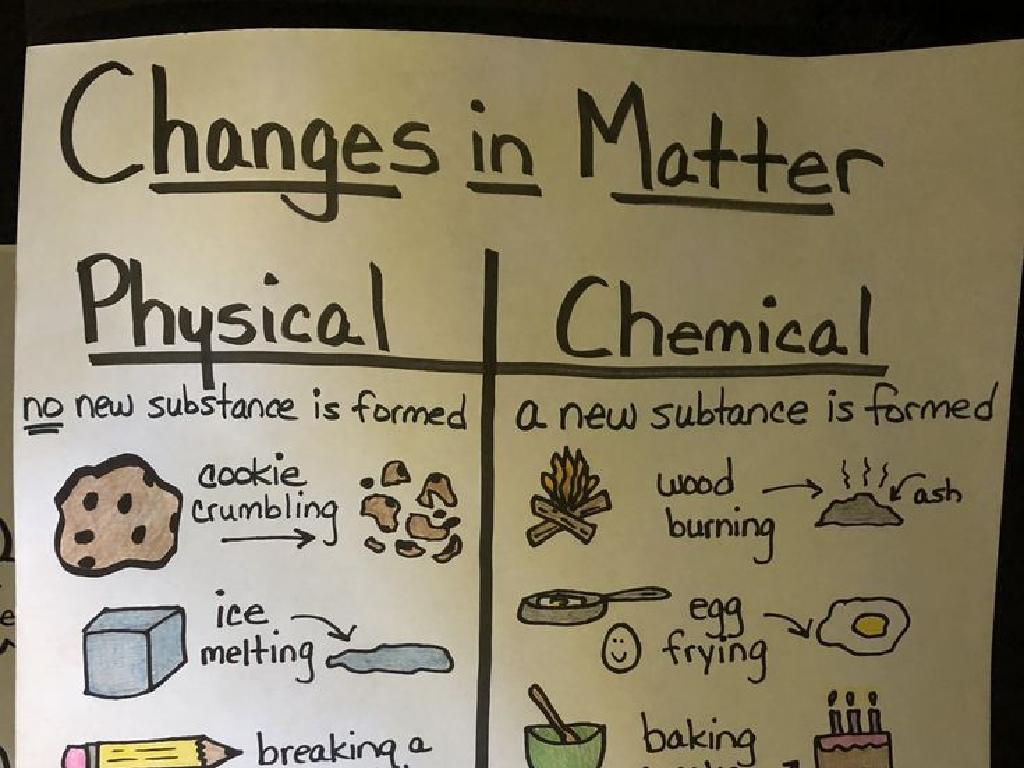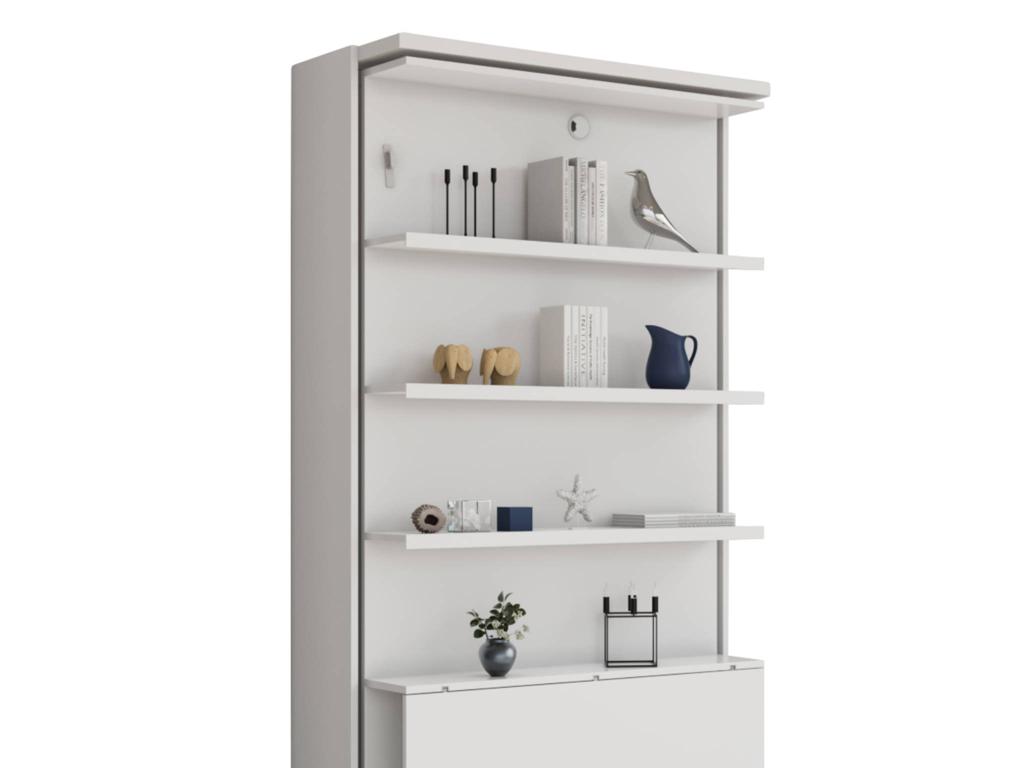Natural Resources
Subject: Social studies
Grade: First grade
Topic: Economics
Please LOG IN to download the presentation. Access is available to registered users only.
View More Content
Welcome to Natural Resources!
– What are Natural Resources?
– Things we get from Earth like water, air, and trees.
– Types of Natural Resources
– Like water for drinking, soil for growing food, and wood for building.
– Why are they important?
– They help us live, grow, and build homes.
– Caring for our Resources
– We must use them wisely and protect them.
|
This slide introduces the concept of natural resources to first-grade students. Begin by explaining that natural resources are materials or substances that occur in nature and can be used for economic gain or to meet needs. They are the foundation of our survival. Emphasize the importance of natural resources by discussing how they are essential for life, providing us with food, water, and materials for shelter and clothing. Highlight the need for conservation and responsible usage to ensure these resources are available for future generations. Engage the students by asking them to name some natural resources they use every day to make the topic relatable and to encourage participation.
What Are Natural Resources?
– Earth gives us natural resources
– Water, soil, wood, minerals are examples
– Like lakes, gardens, trees, rocks
– We use resources every day
– Drinking, building, creating art
– Resources help us live and play
|
This slide introduces the concept of natural resources to first-grade students. Begin by explaining that natural resources are things that come from the Earth which we can use to help us in our daily lives. Provide relatable examples such as water for drinking, soil for growing plants, wood for building things, and minerals found in rocks for making objects. Emphasize the importance of these resources by discussing how they are part of everyday activities such as cooking, building, and even playing. Encourage the students to think of ways they have used water, soil, wood, or minerals that day. The goal is to make them aware of the resources’ presence in their lives and the various ways they rely on them.
Types of Natural Resources
– Two main types: Renewable & Non-renewable
– Renewable resources are replaceable
– Like trees and sunlight, they can come back
– Non-renewable resources are limited
– Like oil and minerals, once used, they’re gone
– Importance of using resources wisely
|
This slide introduces first graders to the concept of natural resources and their classifications into renewable and non-renewable resources. Renewable resources are those that nature can replace over time, such as trees that can grow again or sunlight that we receive every day. Non-renewable resources, on the other hand, are those that are limited and cannot be easily replaced once they are used up, like oil or certain minerals. It’s crucial to convey the message that we must use all resources wisely to ensure they are available for future generations. Activities can include identifying examples of each type of resource and discussing simple ways to conserve resources, like turning off lights when not in use.
Natural Resources: Our Earth’s Treasures
– Renewable resources examples
– Sunlight for warmth, wind for energy, plants for food
– Non-renewable resources examples
– Coal for electricity, oil for cars, natural gas for cooking
– Daily uses of resources
– Think about how we use these every day at home and school
|
This slide introduces first graders to the concept of natural resources and their categorization into renewable and non-renewable. Renewable resources are those that can be replenished naturally over time, such as sunlight, wind, and plants. Non-renewable resources, like coal, oil, and natural gas, are finite and take millions of years to form. The slide aims to help students recognize how these resources are a part of their daily lives, from the warmth of the sun to the energy that powers their homes. Encourage students to think about how they interact with these resources every day and discuss the importance of using them wisely to ensure they are available for future generations.
Caring for Our Resources
– Why care for resources?
– Ways to help: Recycling
– Turning old things into new ones!
– Ways to help: Planting trees
– Trees give us air and homes for animals.
– Ways to help: Saving water
– Use less water to help the Earth!
|
This slide is aimed at teaching first graders the importance of taking care of our natural resources. Emphasize that natural resources are things found in nature that people can use, like water, trees, and air. Explain that recycling means taking something old and making it into something new, which can save trees and reduce waste. Planting trees is important because trees produce oxygen and provide homes for animals. Saving water is crucial because it is a limited resource and all living things need water to survive. Encourage students to think of simple ways they can help at home, like turning off the tap while brushing their teeth. The goal is to instill a sense of responsibility and show that everyone, even young children, can contribute to preserving our environment.
Class Activity: Resource Helpers
– Become a Resource Helper!
– Create a poster on saving resources
Use pictures and words to show saving water, trees, and energy
– Share your poster with classmates
– Explain your poster ideas
Tell us how your poster teaches to save resources
|
This activity is designed to engage first-grade students in understanding the importance of conserving natural resources. Teachers should provide materials for poster creation, such as paper, markers, and magazines for cut-outs. Encourage creativity and provide examples of resource conservation, like turning off lights, recycling, or using less water. As students share their posters, they practice public speaking and learn from each other’s ideas. Possible activities: 1) Drawing a rainy day and showing how to collect rainwater. 2) Creating a poster on recycling with images of recyclable materials. 3) Illustrating a tree with tips on how to save paper. 4) Designing a poster on saving electricity with images of turning off unused lights.





